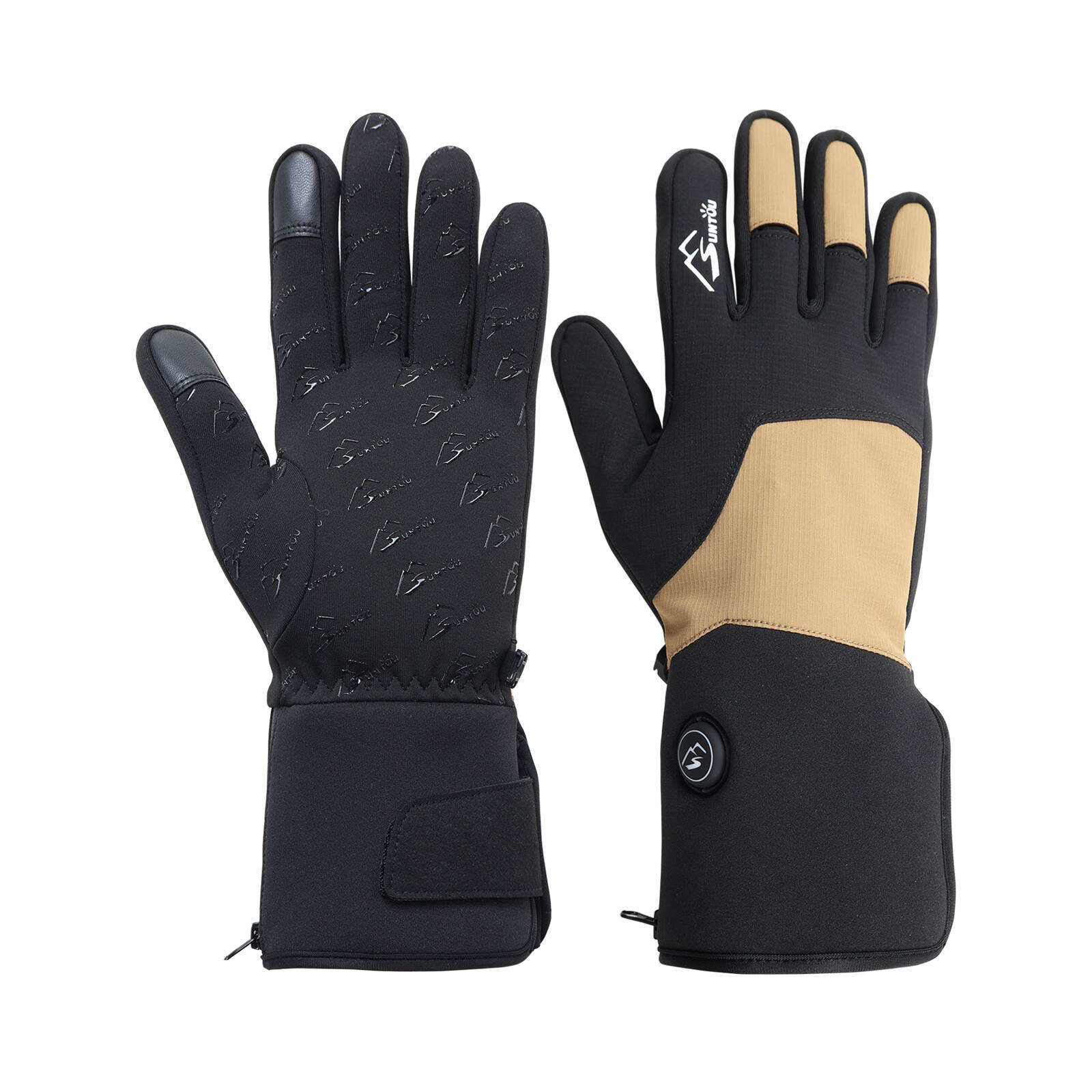


Winter horse riding gloves are more than just a fashion accessory—they are a critical piece of equestrian gear that protect your hands from cold, wind, and moisture while ensuring a secure grip on the reins. In this guide, we explore the importance of proper insulation, material choices (leather vs. synthetic), grip technologies like triangle-silicone patterns, touchscreen compatibility, fit considerations, and maintenance tips to extend the life of your gloves. With these insights, you’ll be equipped to choose and care for the perfect winter riding gloves that blend comfort, functionality, and durability.
Riding in cold weather without adequate hand protection can lead to stiffness, reduced dexterity, and even frostbite in extreme conditions. Insulated winter gloves shield your hands from harsh wind chill during brisk morning rides or while grooming in an unheated barn.
Cold, numb fingers make it difficult to feel the reins properly, increasing the risk of miscommunication between rider and horse. Quality gloves preserve tactile feedback, helping you maintain precise aids and ensuring safer rides regardless of temperature.
The level and type of insulation dictate warmth: lightweight fleece linings are suitable just above freezing (32 °F or 0 °C), while thicker wool or cashmere linings perform down to around 17 °F (−8 °C). For sub-freezing temperatures, fur-lined or shearling options provide maximum heat retention, though they require more delicate care to prevent wear.
Leather gloves offer a classic look and natural breathability but often need more maintenance to stay supple and waterproof. By contrast, high-grade synthetic leathers can match or exceed natural leather in elasticity, breathability, and ease of care—and many are machine washable for deep cleaning.
Modern winter riding gloves incorporate specialized grip patterns—like triangle-silicone dots—to ensure a non-slip hold on wet or frosty reins. Some premium models even feature reinforced stitching between fingers to withstand the stress of double reins and heavy use.
Riders often rely on smartphones or wearable devices to track distance, take photos, or check weather apps mid-ride. Many synthetic gloves now include touchscreen-sensitive fingertips on the index finger and thumb, so you can tap and swipe without exposing your skin to the cold.
A snug fit is crucial: gloves should conform closely to your hand without constricting blood flow, as too-loose gloves compromise both warmth and control. Brands offering half or even quarter sizes allow for a more personalized fit, reducing material sag over time.
Sturdy construction details—like double-stitched seams, durable strap closures, and reinforced palms—ensure longevity through daily barn chores and long rides. Look for weatherproof shells and water-resistant coatings to keep moisture at bay during snow or sleet.
While premium brands may command higher prices, investing in quality gloves often pays off through extended lifespan and better performance. For cost-effective options, some riders find running gloves (e.g., Head-brand) at sporting goods stores can serve as winter riding gloves in mild conditions, thanks to built-in grip and tight insulation.
Most synthetic winter gloves can be machine washed on a gentle cycle; always follow the manufacturer’s instructions to avoid damaging grip patterns or touchscreen coatings. After washing, shape them on a riding crop or glove form and air-dry away from direct heat to maintain their fit and flexibility.
Leather gloves require more attentive care: store them flat in a cool, dry place during warmer months to preserve their shape. Clean with a mild leather cleaner and follow with a quality leather conditioner to prevent cracking and loss of suppleness.
To minimize odors, allow gloves to fully air out after each ride and avoid stashing damp gloves in enclosed spaces. Rotate between two or more pairs when possible to let materials rest and recover their insulating properties between wears.
Selecting the right winter horse riding gloves involves balancing warmth, grip, touchscreen functionality, and material preferences. Whether you opt for high-tech synthetic insulation or classic leather with premium lining, proper fit and care will ensure your gloves keep you comfortable and in control throughout the chilliest months. Armed with these insights, you can confidently choose and maintain gloves that let you focus on the joy of winter riding rather than the biting cold.
Ошибка формата электронной почты
emailCannotEmpty
emailDoesExist
pwdLetterLimtTip
inconsistentPwd
pwdLetterLimtTip
inconsistentPwd